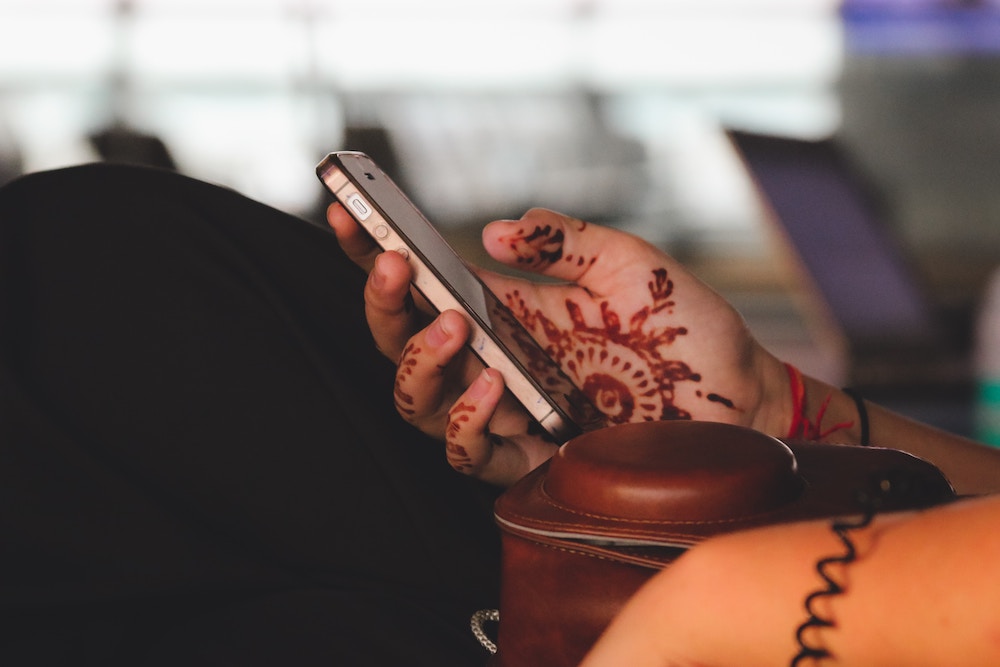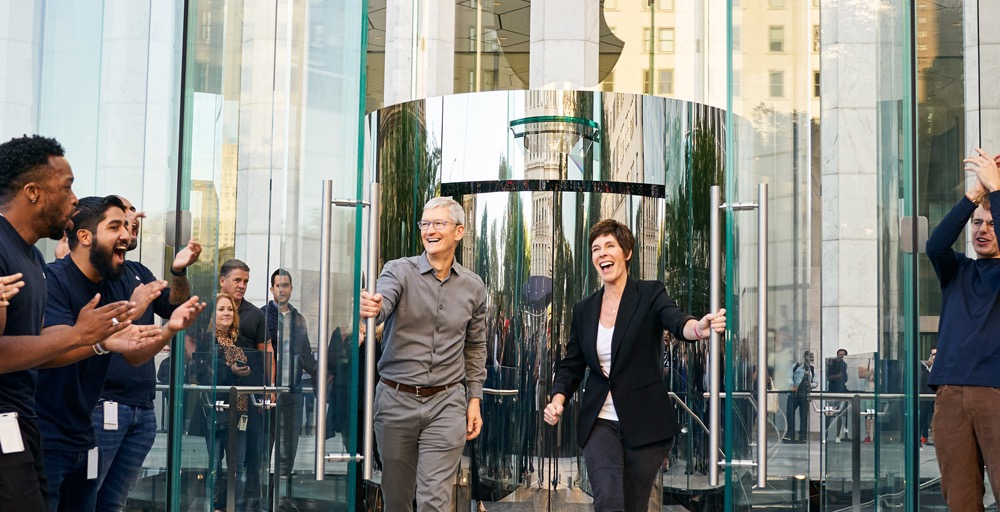Tim Cook’s laser like vision for growth tells an India story

Apple and its adventures in India are in the news again, following earlier revelations the company is about to begin testing new products there. Despite which, I can still recall when many of my readers didn’t seem to understand why CEO, Tim Cook chose to apply so much effort in building Apple’s presence there.
Apple has a big business opportunity in India
Today’s reporting that iPhone sales have climbed over 34% in India may begin to make the situation clear:
One of the world’s growth markets, India is rich in future business, primed for mobile broadband and 5G services, and has a highly educated workforce willing to help Apple diversify its supply chains.
This growth is positive and reflects years of Apple’s effort to build business in the region.
Fresh data from Counterpoint shows us how far Apple has managed to come. It sold 2.3 million iPhones in India, up 34% on last year.
While Xiaomi (9.3m) and Samsung (7.2m) shifted more units, Apple’s growth was stronger. It also generated more revenue in the quarter for its sales – though still only accounts for c.5% of India’s smartphone market.
Counterpoint says:
“Apple was one of the fastest growing brands in 2021 with 108% YoY growth in shipments. It maintained its lead in the premium segment (>INR 30,000, ~$400) with a 44% share. Aggressive offers during the festive season, strong demand for the iPhone 12 and iPhone 13 and increased ‘Make in India’ capabilities drove high growth. We expect strong momentum for Apple in 2022 as well with increased manufacturing and retail footprint.”
As a footnote, we know that Apple broke iPhone, iPad and Mac sales records in India in 2021. We also know that Apple is generating the highest customer satisfaction ratings among India’s smartphone users.

A turning point for Apple in India
In a widely quoted statement, Counterpoint’s Neil Shah calls the latest iPhone in India news a “turning point for Apple in India.”
“Indians were willing to lavish money on premium phones during the pandemic because everyone’s lives revolved around their devices and there was nothing else to spend on,” he said.
That may not be quite true, of course.
But one advantage offered by Apple’s 5G iPhones is their capacity to be used to get online from anywhere with a cellular connection, and the capacity to use the things as hotspots with some providers.
A family can turn to their phone for their entertainment needs – and they get Apple TV+ at a discount in year one.
How Apple got here
The company had suffered from the need to pay tariffs, which raised the price of its devices.
Cook’s approach to this has been to engage in a multi-year dialog with the Indian government and to commit to investments in the nation.
It now offers retail stores, an online store, has one of its main Apple Maps development bases there, and began manufacturing iPhones in the nation. (The latter helped Apple double iPhone revenues in India on the strength of the locally made iPhone SE in a few months in 2017).
Apple’s partners now also make things like chargers, components and other accessories in India. To encourage manufacturing to get started in the nation, India is offering tax breaks and other inducements to encourage them.

Apple opens up in India
[Also read: Steve Jobs early ‘Thoughts on spirituality’ in rare letter]
Announcing plans to open retail stores in India, Cook said:
“I see India as a huge opportunity for us. For years we could not enter there unless we entered there with a partner, into retail, and we did not want to do that, you know? We want to maintain control over our brand and so forth. But the administration worked on this with the Indian government, and that change has been made.”
‘We’re here for a thousand years’
Each of these commitments has deepened relations with India at the high-end, enabling the company to avoid tariffs and helping build positive mind share there.
All the same, with a per capita income under $2,000, Apple’s c.$908 iPhone isn’t for everyone in the nation and it’s going to take an economic revolution in the nation for everyone there to be able to own an iPhone.
So, while the market share may be relatively small, with a massive population and growing prosperity there, you really can’t knock the potential of the market.
Cook certainly doesn’t. He appears laser like in seeking growth. Speaking in 2021, he said:
“If you take India as an example, we doubled our business last quarter compared to the year ago quarter, but our absolute level of business there is still quite low relative to the size of the opportunity and you can kind of take that and go around the world and find other markets that are like that as well.”

Tim Cook meets iPhone shoppers in NYC
Apple is playing to its advantages here.
The company can afford to spend years making investments in this market as it seeks growth, and has been naked in its determination to build such sustainable business.
“We’re not here for a quarter, or two quarters, or the next year, or the next year,” Cook told NDTV when visiting the country in 2016. “We’re here for a thousand years.”
It will be interesting to see if Cook repeats these commitments when he makes his delayed visit to India, possibly this year.
Please follow me on Twitter, or join me in the AppleHolic’s bar & grill and Apple Discussions groups on MeWe.




